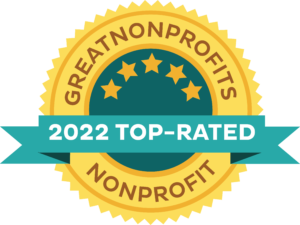Erupción del Volcán de Fuego, Guatemala – Mapa lingüístico de la crisis en español
On 3 June 2018, the Fuego volcano, 40 km from Guatemala City, erupted. Preliminary reports from CONRED, the national disaster authority, recorded 65 people killed and close to 2,000 people in shelters. More than 1.7 million people have been indirectly affected by the eruption. People in the affected communities urgently need information about how to keep their families safe and well and where to go for help.
Spanish is the lingua franca of Guatemala, spoken by 94 percent of the 17 million Guatemalans as a first or second language. However, in the areas most affected by the volcano, Chimaltenango, Escuintla, and Sacatepéquez, a number of K’ichean Mayan languages are spoken by more than 2.5 million people. An estimated 300,000 K’iche’ speakers are monolingual. The Kaqchikel language is the dominant indigenous language in the affected area, spoken by half a million people.
Literacy rates are low among the indigenous people of the region; just 40 percent by some calculations. Women are less likely to be able to read than men, making verbal and visual communication especially important.
In times of need, communication with communities is key. Yet emergencies can strain local communication infrastructure, and those who provide language services may themselves be affected.
To alleviate suffering and contribute to rapid recovery, it is important to get life-saving information to communities quickly, including through radio broadcasts and mobile technology, in the languages of those affected. To ensure understanding among less educated individuals and second-language speakers, communication should be short, simple, and clearly illustrated. Important information – including how to access services and where to report abuse – should be provided in plain language, absent of jargon, and with pictures when possible.
To find out how to support Translators without Borders’ work in crisis response, email us: [email protected].
For more information on TWB/CLEAR Global maps, contact us at [email protected].
